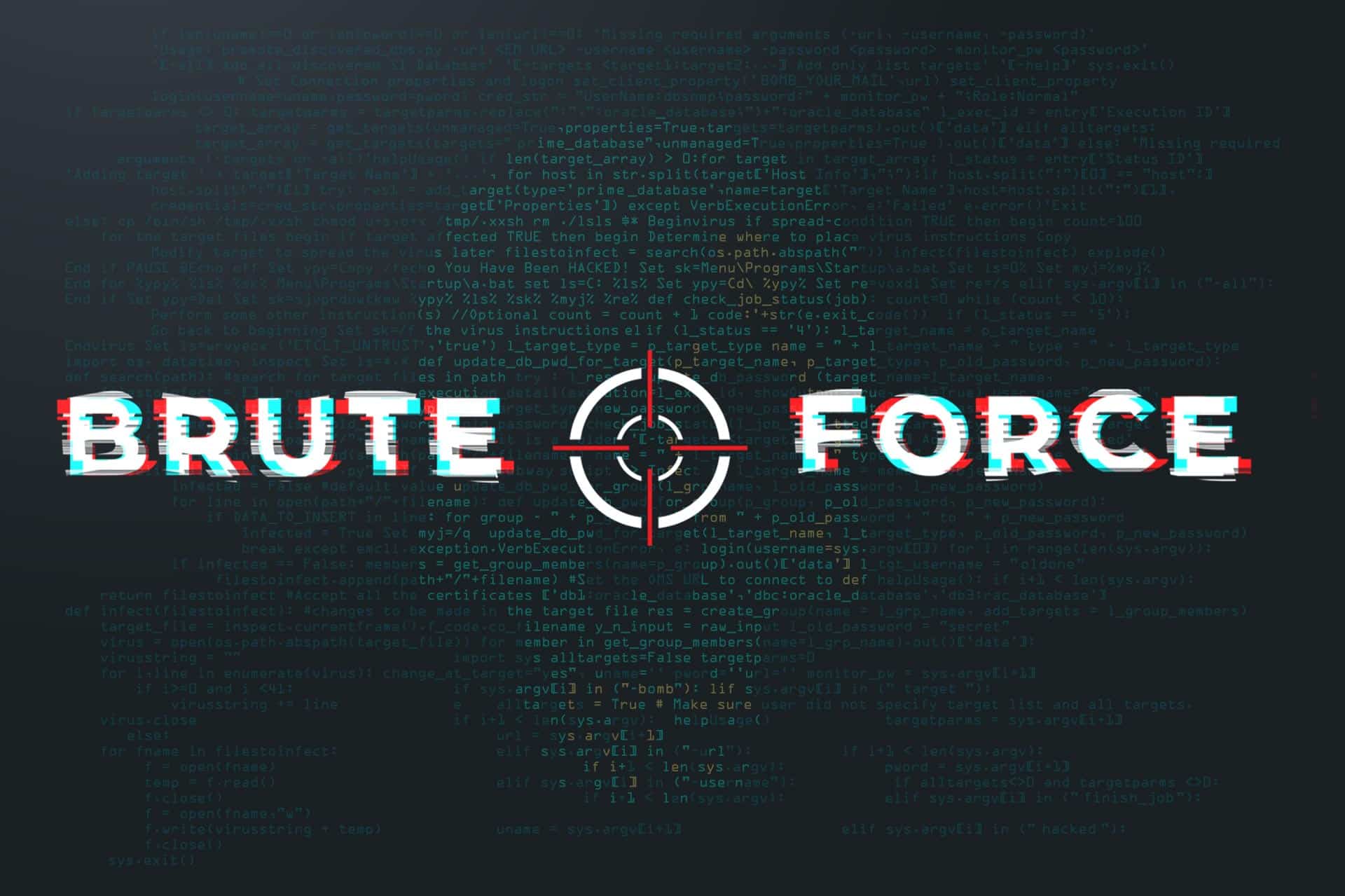Brute Force Attacks – Weak Login Mechanisms Allow Attackers to Guess Passwords
Introduction
In today’s digital age, cybersecurity threats are evolving rapidly, and one of the oldest yet most effective attack methods is the Brute Force Attack. These attacks exploit weak login mechanisms by systematically guessing passwords until the correct one is found. Despite advancements in security, many organizations and individuals still fall victim to brute force attacks due to poor password practices and insufficient security measures.
This comprehensive guide will explore:
- What brute force attacks are and how they work
- Different types of brute force attacks
- Real-world examples of brute force breaches
- How attackers use automation to enhance brute force attempts
- Best practices to prevent brute force attacks
- Tools used by hackers and security professionals
- Legal and ethical considerations
By the end of this blog, you’ll have a deep understanding of brute force attacks and how to defend against them.
What Is a Brute Force Attack?
A brute force attack is a hacking technique where an attacker tries numerous password combinations to gain unauthorized access to a system, account, or encrypted data. Unlike sophisticated exploits that rely on software vulnerabilities, brute force attacks depend on persistence and computing power to crack weak credentials.
How Brute Force Attacks Work
- Target Identification – Attackers select a target (e.g., a login page, encrypted file, or SSH port).
- Automated Guessing – Using tools, they systematically try different username/password combinations.
- Access Granted – If successful, the attacker gains entry and can steal data, deploy malware, or escalate privileges.
Since many users rely on weak passwords (e.g., “password123” or “admin”), brute force attacks remain highly effective.
Types of Brute Force Attacks
Brute force attacks come in different forms, each with varying levels of sophistication:
1. Simple Brute Force Attack
- Attempts every possible combination of characters.
- Effective against very short passwords but inefficient for longer ones.
2. Dictionary Attack
- Uses a precompiled list of common passwords (e.g., “123456”, “qwerty”).
- Faster than simple brute force since it avoids improbable combinations.
3. Hybrid Brute Force Attack
- Combines dictionary attacks with slight modifications (e.g., “Password1”, “Admin2023”).
- Targets users who tweak common passwords with numbers or symbols.
4. Credential Stuffing
- Uses previously leaked credentials from data breaches.
- Many users reuse passwords across sites, making this attack highly effective.
5. Reverse Brute Force Attack
- Starts with a known password and tries different usernames.
- Useful when attackers obtain a password dump but lack usernames.
6. Rainbow Table Attack
- Uses precomputed hash tables to crack hashed passwords quickly.
- Bypasses the need for real-time password hashing.
Real-World Examples of Brute Force Attacks
1. The 2012 LinkedIn Breach (117 Million Passwords Exposed)
- Attackers used brute force to crack SHA-1 hashed passwords.
- Many users had weak passwords, making decryption easier.
2. 2016 WordPress Brute Force Campaign
- Over 90,000 WordPress sites were targeted.
- Attackers used “admin” as the username and brute-forced passwords.
3. 2020 Twitter Bitcoin Scam (Celebrity Accounts Hacked)
- Hackers used brute force and social engineering to access employee tools.
- High-profile accounts like Elon Musk and Barack Obama were compromised.
These incidents highlight the dangers of weak authentication mechanisms.
How Attackers Automate Brute Force Attacks
Modern brute force attacks rely on automation to speed up the process:
1. Botnets & Distributed Attacks
- Attackers use networks of infected devices (botnets) to distribute login attempts.
- Makes detection harder since requests come from multiple IPs.
2. GPU Acceleration
- Graphics Processing Units (GPUs) can perform millions of password guesses per second.
- Tools like Hashcat leverage GPU power for faster cracking.
3. Credential Harvesting Tools
- Software like Hydra, John the Ripper, and Medusa automate brute force attempts.
- Can target FTP, SSH, RDP, and web logins.
4. Password Spraying
- Instead of targeting one account with many passwords, attackers try one password across many accounts.
- Avoids account lockouts and detection.
How to Prevent Brute Force Attacks
Organizations and individuals can take several steps to mitigate brute force risks:
1. Enforce Strong Password Policies
- Require minimum 12-character passwords with uppercase, lowercase, numbers, and symbols.
- Ban common passwords (e.g., “password”, “123456”).
2. Implement Multi-Factor Authentication (MFA)
- Even if a password is cracked, MFA (SMS, TOTP, or biometrics) adds an extra layer.
3. Rate Limiting & Account Lockouts
- Block IPs after multiple failed login attempts.
- Implement CAPTCHA to deter automated bots.
4. Use Advanced Authentication Methods
- Biometric logins (fingerprint, facial recognition).
- Passwordless authentication (security keys, magic links).
5. Monitor & Analyze Login Attempts
- Deploy Intrusion Detection Systems (IDS) to detect brute force patterns.
- Log and review failed login attempts.
6. Encrypt & Hash Passwords Properly
- Use bcrypt, Argon2, or PBKDF2 for password storage (avoid weak hashes like MD5).
- Implement salting to prevent rainbow table attacks.
Tools Used in Brute Force Attacks (And Defense)
Hacker Tools:
- Hydra – Fast network login cracker.
- John the Ripper – Password cracking tool.
- Hashcat – GPU-accelerated password recovery.
- Aircrack-ng – For cracking Wi-Fi passwords.
Defensive Tools:
- Fail2Ban – Blocks IPs with too many failed attempts.
- CrowdSec – Open-source intrusion prevention.
- Snort – Network intrusion detection.
Legal & Ethical Considerations
- Unauthorized brute forcing is illegal under laws like the Computer Fraud and Abuse Act (CFAA).
- Ethical hackers must obtain explicit permission before testing systems.
- Organizations should conduct penetration testing to identify vulnerabilities.
Conclusion
Brute force attacks remain a significant threat due to weak passwords and poor security practices. By implementing strong authentication mechanisms, monitoring login attempts, and educating users, organizations can drastically reduce their risk.
As cybercriminals evolve their tactics, staying informed and proactive is the best defense against brute force attacks.



